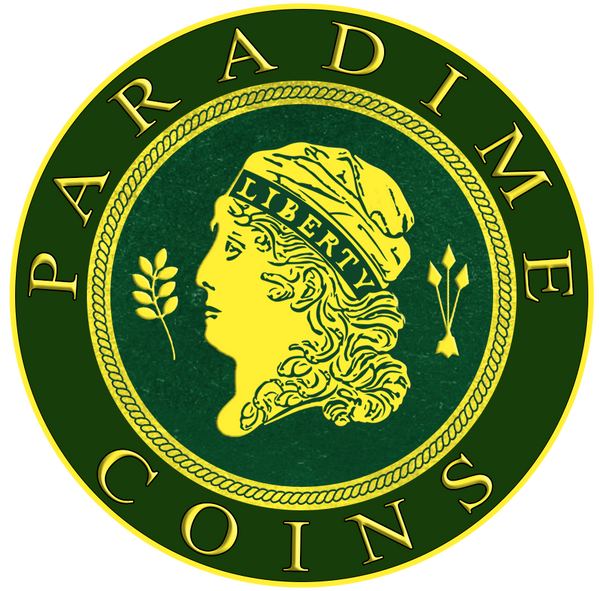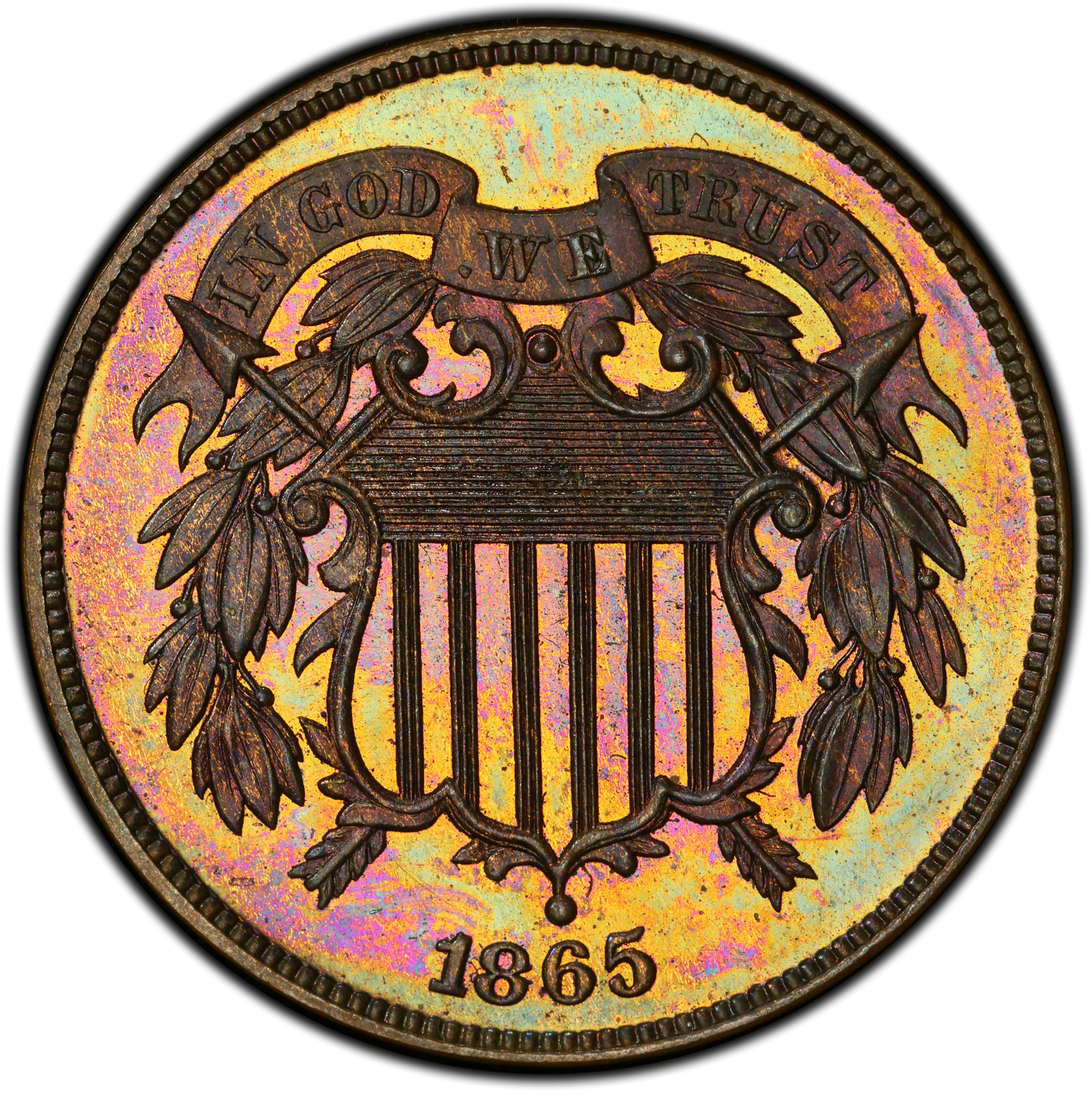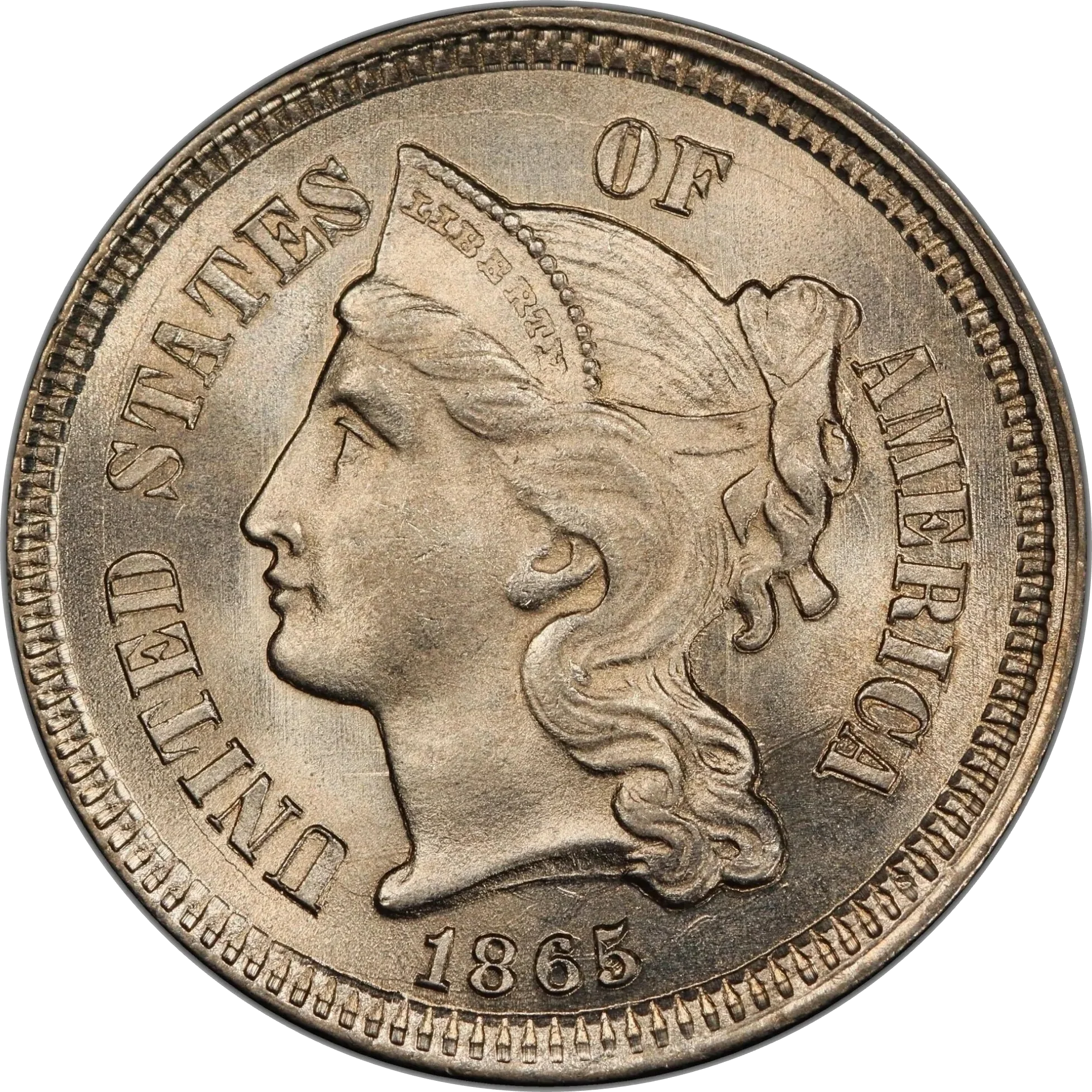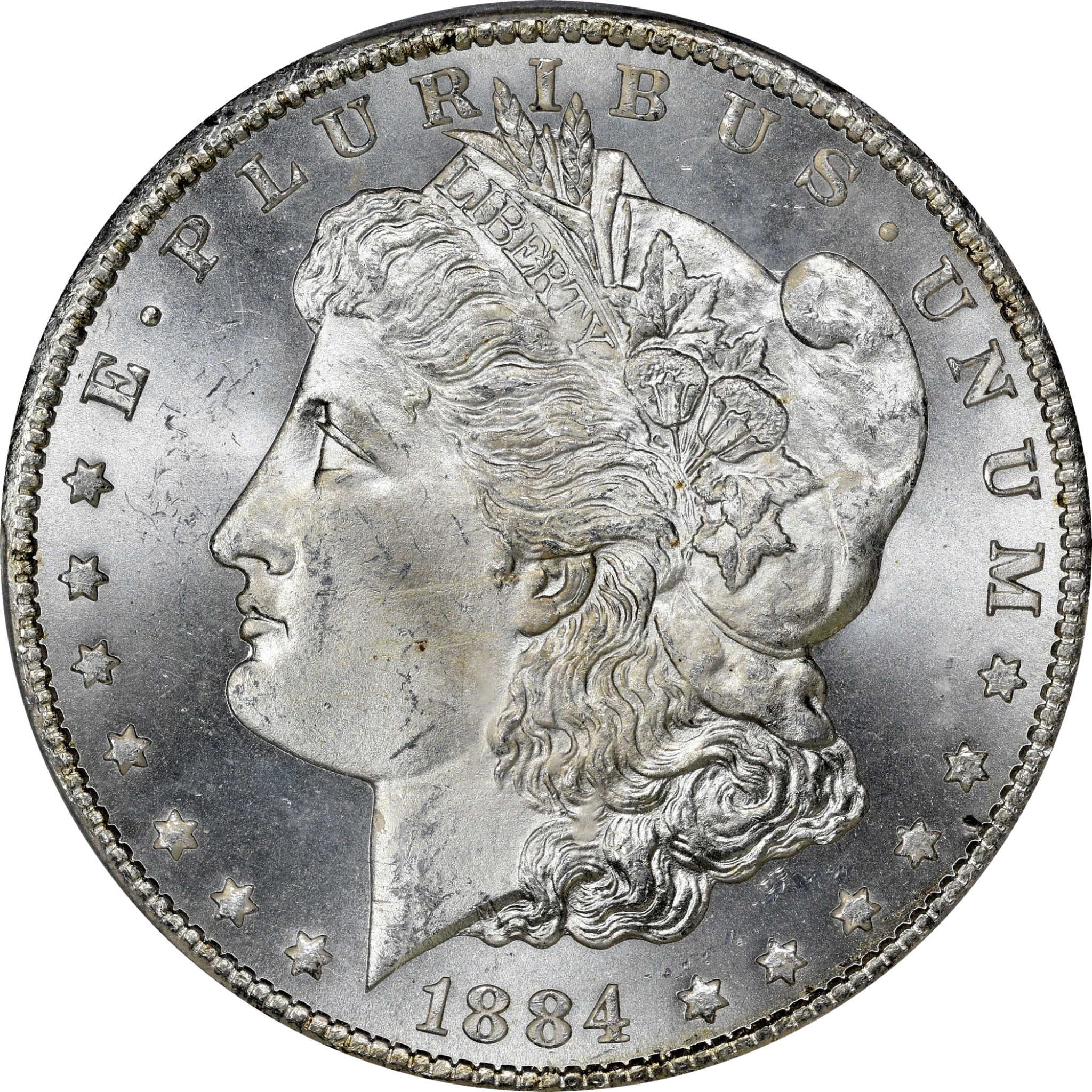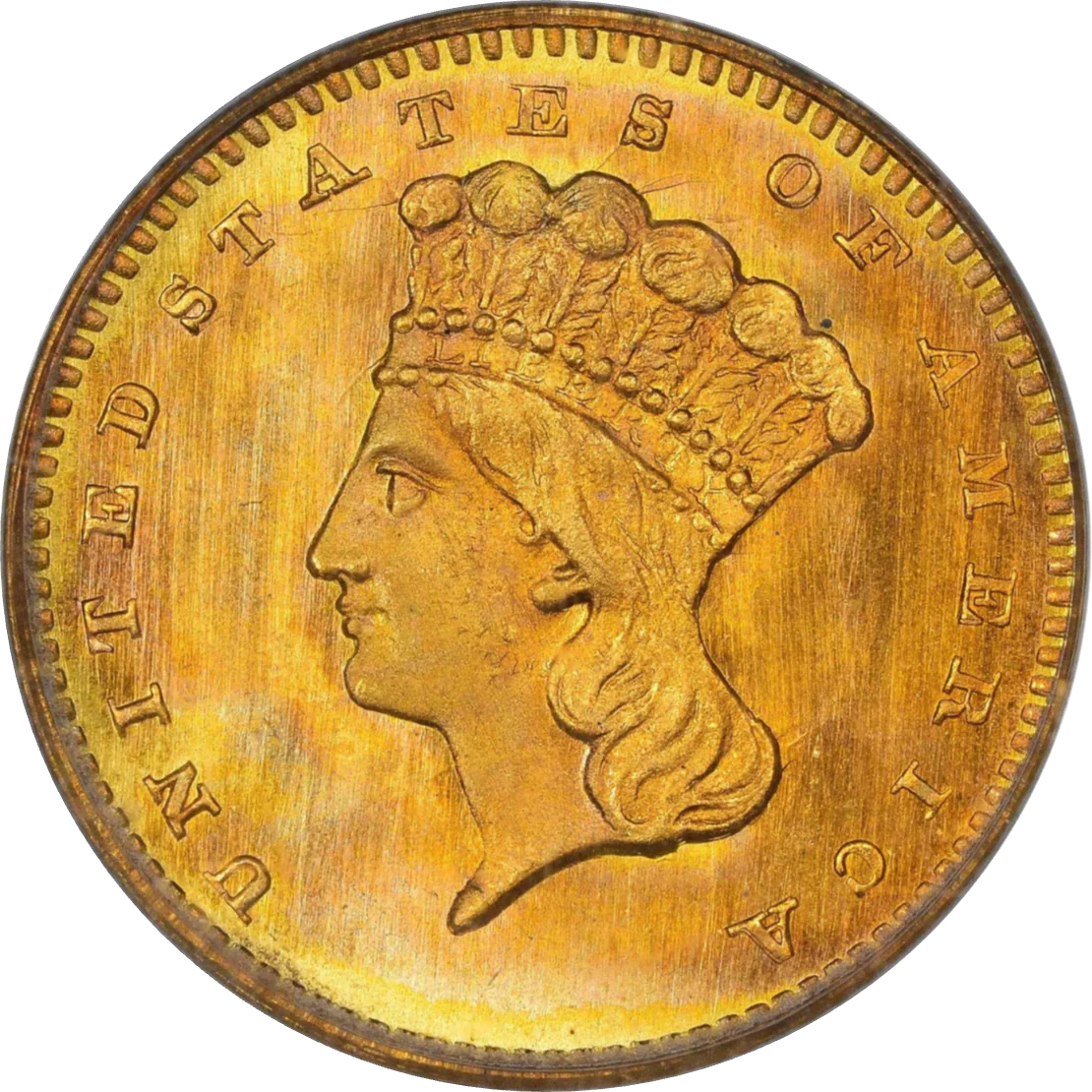Collection: Type 3, Two Outlines To Star
No products found
View All Inventory
Designed by: James Barton Longacre
Issue Dates: 1859-1873
Composition: 90% silver, 10% copper
Diameter: 14 mm
Weight: 0.75 grams (11.57 grains)
Edge: Plain
Business Strike Mintage: 1,572,600
Proof Mintage: 10,840
In 1859, the silver three-cent piece underwent its final design modification. To improve striking quality—long a weakness of the ... Read More
Designed by: James Barton Longacre
Issue Dates: 1859-1873
Composition: 90% silver, 10% copper
Diameter: 14 mm
Weight: 0.75 grams (11.57 grains)
Edge: Plain
Business Strike Mintage: 1,572,600
Proof Mintage: 10,840
In 1859, the silver three-cent piece underwent its final design modification. To improve striking quality—long a weakness of the series—the Mint reduced the number of outlines around the obverse star from three to two. Minor refinements to the dies accompanied this change, resulting in significantly sharper strikes than earlier types. While isolated weakly struck pieces still exist due to die spacing or wear, coins from 1859 onward are generally well defined.
Circulation strikes were produced in substantial numbers from 1859 through 1862, after which widespread hoarding of silver during the Civil War rendered further coinage largely unnecessary. From 1863 to 1872, mintages declined sharply, and in 1873 only Proofs were issued—an estimated 600 pieces—before the denomination was abolished by the Coinage Act of 1873.
Collectors seeking a type example will find coins dated 1859–1862 most accessible, especially in grades from Fine through AU. Uncirculated examples, particularly from 1861 and 1862, are available, though truly choice pieces remain elusive. Despite a higher mintage, 1859 is surprisingly rarer in Mint State than later dates, likely due to lower contemporary saving.
From 1863 forward, most surviving pieces are Proofs, as original business strikes were seldom preserved. The 1872 issueexemplifies this: of 1,950 pieces struck, only 1,000 were circulation strikes—nearly all of which have vanished. Today, virtually every 1872 silver three-cent seen in Uncirculated condition is a Proof.
Two notable overdates occur in this later series: the 1862/1 business strike, and the scarcer 1863/2 Proof, both sought-after by specialists.
Though never widely embraced in commerce, the silver three-cent piece remains a fascinating relic of transitional U.S. coinage. Its collecting popularity surged in the 1960s with the rise of type set building, securing its place as an essential element in any comprehensive 19th-century collection.
... Read Less
